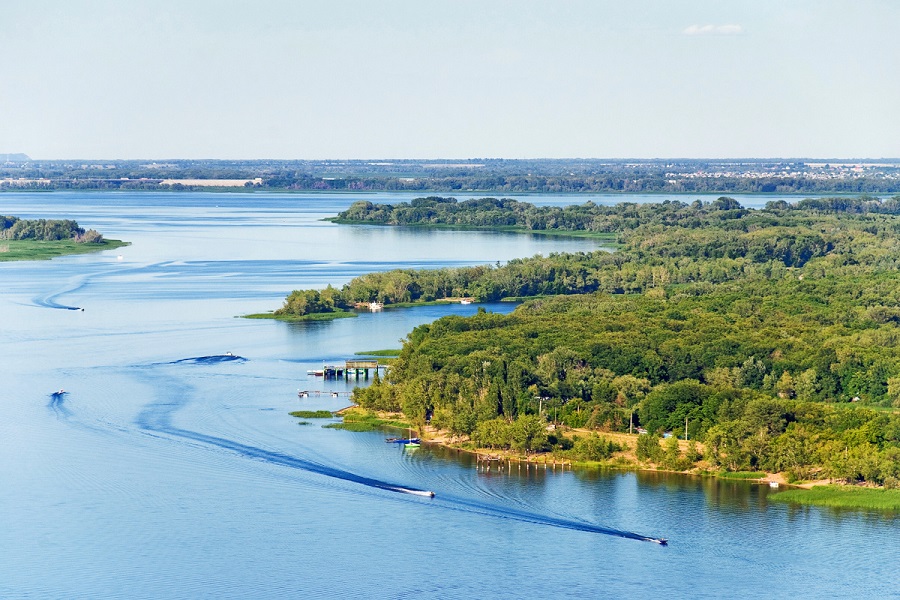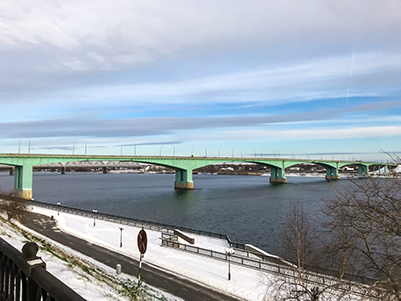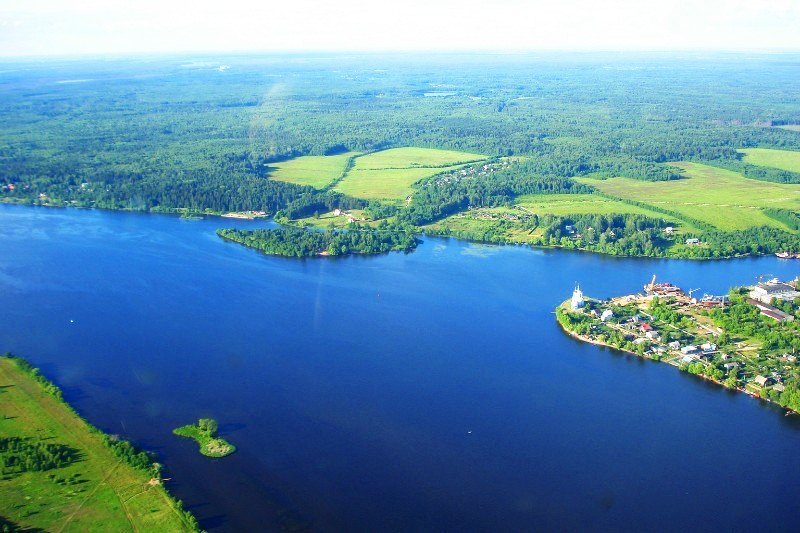the volga river — Translation into Russian — examples English
These examples may contain rude words based on your search.
These examples may contain colloquial words based on your search.
At 18:00 h on the embankment of the volga river took place in a festive salute, added in a press-service of the district.
В 18:00 ч. на набережной реки Волги состоялся праздничный салют, добавили в пресс-службе округа
Plus a few small cottages, which are located on the banks of the Volga River.
Плюс несколько небольших коттеджей, которые расположились на берегу реки Волги.
Also, scientists have suggested that the name of the Volga river, too, has the Baltic roots.
Также ученые допускают, что название реки Волга тоже имеет балтийский корень.
They even promised to cleanse the Volga River basin with the aid of pyramids.
Даже бассейн реки Волга обещают почистить с помощью пирамид.
The Volga River, mild climate and beautiful landscapes make this place attractive from a cultural and tourist point of view.
Река Волга, мягкий климат, прекрасные пейзажи — делают это место привлекательным с культурной и туристской точки зрения.
Fish habitat picks for clean ponds without algae (Lake Ladoga, the Volga river, etc.).
Рыба выбирает для обитания чистые водоемы без водорослей (Ладожское озеро, река Волга и т.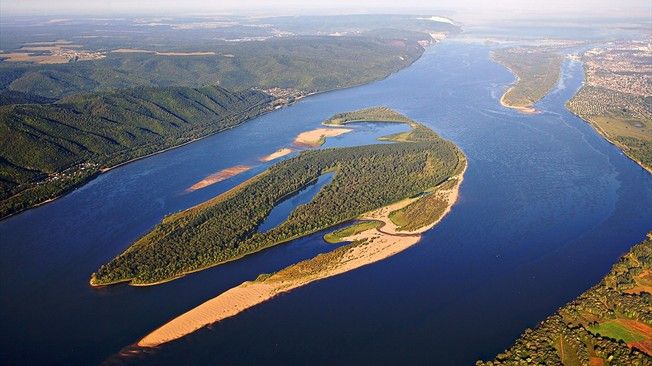 д.).
д.).
It comes from the Volga River and the city of Simbirsk (currently, Ulyanovsk).
Оно происходит от реки Волга и города Симбирска (ныне — Ульяновск).
The cost of construction includes also the measures to strengthen the right bank of the Volga River.
В стоимость строительства стадиона вошли и мероприятия по укреплению правого берега реки Волга.
The rope way connects the two banks of the Volga river — the highest and longest in Europe.
Канатная дорога, соединяющая два берега
Shallow bays (thunder) in the lower part of the delta of the Volga River.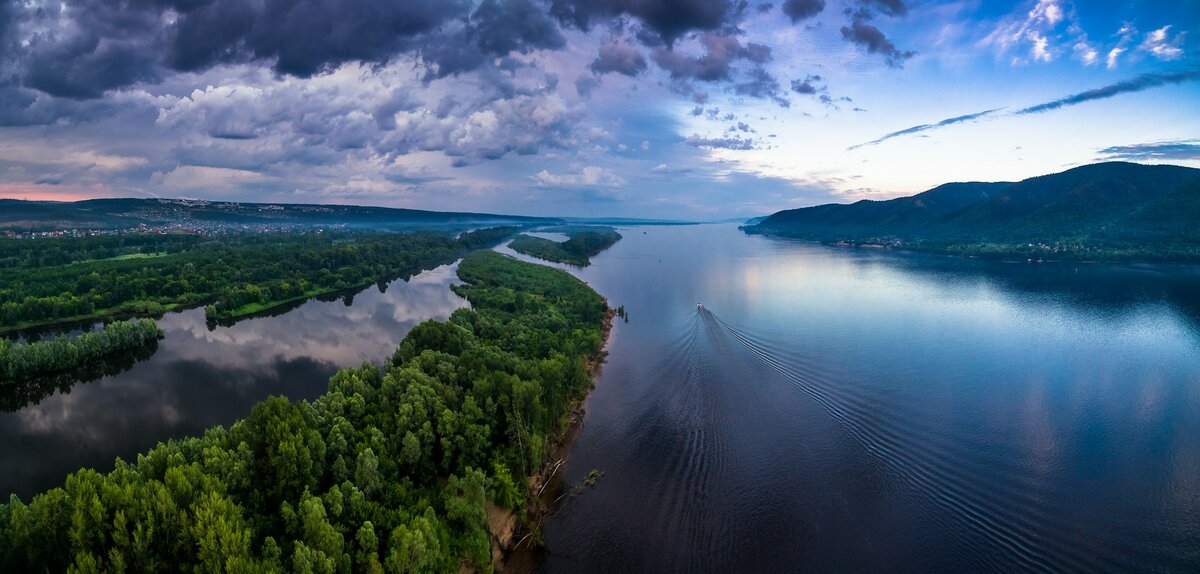
Мелководные заливы (раскаты) в нижней части дельты реки Волги.
Development of land near the Volga River, Ryazan and Murom.
Развитие земель близ реки Волги, Рязани и Мурома.
The city stretches 70 km along the Volga River.
Город протянулся на 70 км по течению реки Волги.
The Volga River
is a great symbol of Russia.Великая река Волга — один из символов России.
Documentary programs about the remote reaches of Siberia and the banks of the Volga River attracted large viewership numbers.
Документальные программы об отдаленных уголках Сибири и берегах реки Волги привлекли большое количество телезрителей в Германии.
The project is aimed at increasing the region’s touristic appeal, and at the holistic implementation of the Volga River‘s recreational potential.
Проект направлен на повышение туристической привлекательности региона, полноценное использование рекреационного потенциала бассейна
It is located on the right bank of the Volga River in its lower reaches.
Находится на правом берегу реки Волги в её нижнем течении.
The city stretches for about 60 km along the Volga River, and is one of the longest Russian cities.
Город протянулся примерно на 60 км вдоль реки Волги и является одним из самых протяжённых городов России.
Near it stands a chapel — this is the place where the Volga River originates.
Возле него стоит часовня — это и есть то место, откуда берет начало река Волга.
Their range extends east from a small portion in south-eastern Poland towards the Volga River in central Russia.
Их место обитания простирается на восток от юго-восточной части Польши до реки Волги в центральной части России.
The main vital artery of Russia was (and always will be) the volga river — it is natural that the creation of the flotilla here paid special attention.
Главной жизненной артерией России была (и всегда останется) р. Волга — естественно, что на создание флотилии именно здесь обратили особое внимание.
Possibly inappropriate content
Examples are used only to help you translate the word or expression searched in various contexts.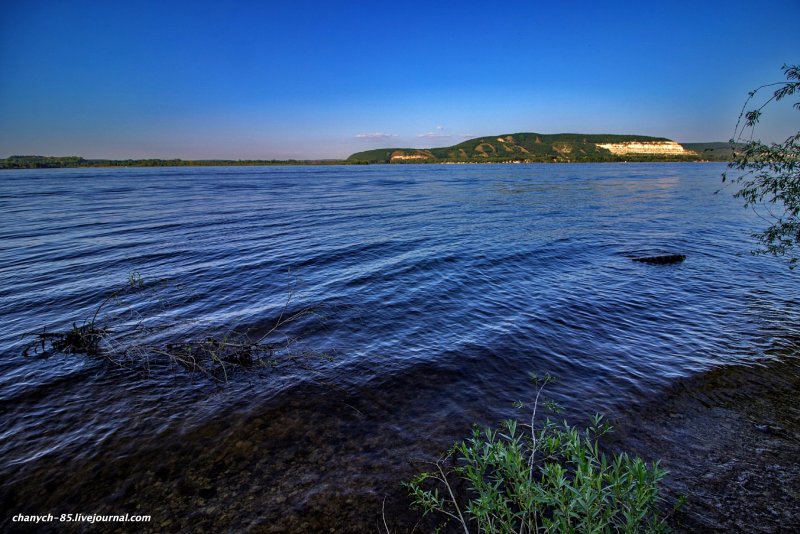
Register to see more examples It’s simple and it’s free
Register Connect
The Jewels of the Volga River
Photo by Sergey Semin on Unsplash
What to see on the Volga?
- Ancient Slav Villages: Though many have sadly been abandoned, some of the Slav’s first settlements still live on. In wooden cottages which were built without a single nail, villagers continue their way of life undisturbed in Russia’s vast countryside.
- The Romanovs’ Seat of Power: The picture-perfect town of Kostroma in the Golden Ring was the home of Russia’s Imperial family 500 years ago and in many ways it seems to be a part of an era when Tsars still ruled.

- Mongol Bastions: The great cities of the Golden Horde stretched from China all the way to southern Russia. To this day, the Mongols’ influence can be seen in cities like Kazan and Samara, with cultures very distinct from that of western Russia.
- Modern Russia: The Volga continues to play a central role in Russia. Great cities like Moscow, Volgograd (former Stalingrad) and Nizhny Novgorod still live in time to the ebbing of its tides.
Travelling down the Volga
With the world’s deepest lake and Europe’s longest river within its borders, Russia is the ideal country to be explored by cruise.The most famous Russian river cruise trips undoubtedly travel down the Volga. When the Slavs emigrated from Kiev — marking the beginning of Russia as we know it — they chose the leafy forests around the Volga to settle in. While many of these first slavic settlements remained as quaint villages, a handful grew into Russia’s main medieval cities like Nizhny Novgorod and Kazan. Almost 1000 years later, the Volga is still the bloodline that keeps these cities alive. It also remains the best and, indeed, the only way of visiting all western Russia’s historic sites — stretching from the Caspian Sea to Moscow — in less than two weeks.
Almost 1000 years later, the Volga is still the bloodline that keeps these cities alive. It also remains the best and, indeed, the only way of visiting all western Russia’s historic sites — stretching from the Caspian Sea to Moscow — in less than two weeks.
Regardless of the cruise (and there are many), there are only two routes up the Volga. The longest, starts at the sultry city of Astrakhan on the Caspian sea. Cruises starting here take 14 days to sail up the Volga, stopping at many southern locations that few foreigners get to see. The second option is shorter, taking only 11 days. Setting off in Nizhny Novgorod, however, means that the journey only covers the European part of Russia which, while beautiful, is not nearly as diverse as the South.
The Jewels of the Volga River
1. Astrakhan
Photo by Fred Schaerli on Wikipedia
On the sun-kissed beaches of the Caspian Sea, an ancient Mongol city stands as a living testimony to Russia’s diversity. Unlike some of Russia’s glitzier cities, this city provides a truly authentic picture of Russia; with both old and new, poor and prosperous, Muslim and Orthodox districts. All cruises departing from Astrakhan start with a tour of its pearly-white Kremlin built by Ivan the Terrible before setting off for Volgograd.
Unlike some of Russia’s glitzier cities, this city provides a truly authentic picture of Russia; with both old and new, poor and prosperous, Muslim and Orthodox districts. All cruises departing from Astrakhan start with a tour of its pearly-white Kremlin built by Ivan the Terrible before setting off for Volgograd.
2. Volgograd
Photo by Dmitry Antropov on Unsplash
In the South’s main city (which is better known by its former name, Stalingrad) the world’s tallest statue of a woman stands proudly. ‘The Motherland Calls’ is a staggering reminder of the hardships Stalingrad suffered during WW2. Along with visiting the statue, cruises stopping here include an excursion to the tens of thousands of soldiers’ graves and other somber war memorials to be found in what once was a city at the epicenter of WW2.
3. Southern Cultural Centers
Photo by OpticalNomad on Unsplash
Saratov and Samara have more similarities than just their names. Both are exceptionally cultured cities; with Russia’s oldest circus, a renowned provincial art gallery and a most unusual manor house (named the House with Elephants) tucked within their rather unassuming cityscapes. Panoramic tours of both cities will uncover these treasures and all cruises include an in-depth excursion to Samara’s classical art museum.
Panoramic tours of both cities will uncover these treasures and all cruises include an in-depth excursion to Samara’s classical art museum.
4. Kazan & the Chuvash Republic
Photo by nour tayeh on Unsplash
The last and greatest of the truly southern cities on the Volga is Kazan. As the capital of Tatarstan, it is home to exquisite mosques and historic outdoor markets along with Orthodox Christianity’s most important cathedral. Both geographically and culturally, it is the place where East meets West.
Cheboksary, the next stop, doesn’t boast a 500 year old kremlin like Kazan. However, the distinctive culture and language of the Chuvash people make this agrarian town, famed for its beer and tractors, a fascinating place to visit.
5. Nizhny Novgorod
Photo by Daniel Ioanu on Unsplash
The traditional brick-red walls of the Nizhny Novgorod kremlin on the banks of the Volga mark the beginning of western Russia. All the traditional symbols of Russia, from multi-colored cupolas to log houses, can be found in the city.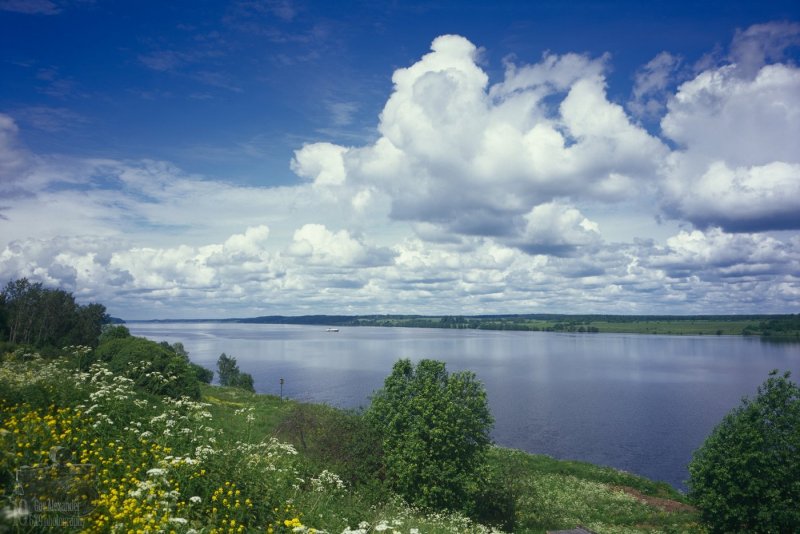 Tours of this city could include admiring Repin’s works in the city’s art gallery to riding on the cable car that stretches over the Volga and which the city’s residents use as a bus!
Tours of this city could include admiring Repin’s works in the city’s art gallery to riding on the cable car that stretches over the Volga and which the city’s residents use as a bus!
6. Jewels of the Golden Ring
Photo by Дмитрий Сазанов on Wikipedia
The ancient river posts of Kostroma, Yaroslav and Uglich are by far the prettiest towns on the Volga, if not the whole of Russia. Travelers come from far and wide to see the izbas (traditional log houses) that look straight out of a fairytale and the countless, gold-domed cathedrals that give the region its name. The first of the towns, Kostroma, has the distinction of being the home of the Romanovs before they became Russia’s ruling family. Despite the influx of visitors, it has still managed to keep its rural charm. Yaroslav, the first Russian city founded on the Volga and the crowning jewel of the Golden Ring, is a UNESCO heritage site and home to some of Russia’s oldest monasteries (one of which still keeps a live bear). In contrast, Uglich, barely features on the maps of tourists despite its historic and religious importance. According to The Telegraph, the petite, red and gold church which was built on the site where Ivan the Terrible’s son was murdered is one of the world’s most beautiful.
In contrast, Uglich, barely features on the maps of tourists despite its historic and religious importance. According to The Telegraph, the petite, red and gold church which was built on the site where Ivan the Terrible’s son was murdered is one of the world’s most beautiful.
7. Moscow
Photo by Alex Zarubi on Unsplash
Most river cruises give their passengers two days at least to explore the megapolis that is Russia’s capital. Tours to the Red Square and Kremlin complex are naturally a must. Walking tours down the main historical thoroughfare, the Arbat, are also found in almost every cruise’s programme. Higher-end cruises tend to take their passengers to Moscow’s other impressive sites, like the Tretyakov State Gallery or the Novodevichy Convent, while 3 star cruises leave passengers to discover Moscow for themselves.
Additional Stops
- The Nizhny Novgorod — Moscow route, while missing out on Russia’s vibrant southern cities, allows for a fuller understanding of ancient Rus’ by stopping at some of the key slavic settlements that are sadly overlooked by most travelers.

- Gorodets: A village of artists which produce the most prized traditional Russian crafts, like painstakingly painted matryoshkas as well as pryaniki, a form of gingerbread that is so ornate that it is considered art.
- Plyos: This town of less than 2,000 people has attracted notable people for centuries simply due to the beauty of its rolling hills and misty forests. Though today the owners of the town’s picturesque dachas are rather dull billionaires, in the 19th century this village was teeming with artists including Russia’s most celebrated landscape painter, Isaak Levitan.
- Myshkin: Named after a mouse which saved a prince, this village is very mice — literally. Almost all the village’s buildings have some sort of connection with mice and, yes, it is ever so slightly reminiscent of Disney Land. Tiny museums, such as the valenki and vodka museums, can be found all over the village.

Волга
Перейти к содержимому
Так же доступно:
История величайшей реки России
Джанет М. Хартли
416 страниц, 5,00 x 7,75 дюйма, 22 ч. илл. + 10 карт
- Мягкая обложка
- 9780300266412
- Опубликовано: 2 августа 2022 г.
18,00 $
Купить
- Твердый переплет
- 9780300245646
- Опубликовано: 2 февраля 2021 г.
$35,00
Распродано
Также доступно по адресу:
- Amazon
- Барнс и Ноубл
- Книжный магазин
- Индивидуальный
- Индиго
- Пауэлл
- Кооператив Семинарии
- Описание
- Авторы
- Хвалить
Родственные книги
Подписка на рассылку новостей
Адрес электронной почты *
Искусство и Архитектура ежемесячно — новые книги и скидки из нашего Списка Искусств.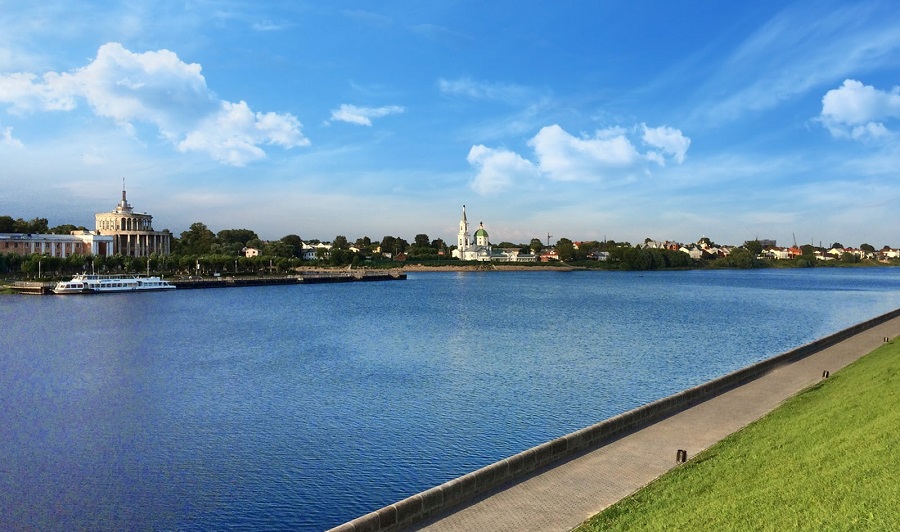
Литература и перевод — обновления из серии Margellos World Republic of Letters.
Флора бассейна реки Волги
Цитата
Сенатор С., Саксонов С., Васюков В. (2018). Флора бассейна реки Волги. Версия 1.2. Институт экологии бассейна реки Волги РАН. Набор данных о встречаемости https://doi.org/10.15468/zwfsle, доступ через GBIF.org 25 ноября 2022 г.Описание
Приведены данные о видовом разнообразии сосудистых растений Среднего Поволжья. Список видов составлен на основе собственных исследований сотрудников Лаборатории проблем фиторазнообразия Института экологии бассейна реки Волга РАН. Вся информация публикуется в научных журналах или монографиях. Гербарные образцы хранятся в Гербарии «Сосудистые растения бассейна реки Волги» (ПВБ), отдельные дублеты – в гербариях МЗ, ЛЭ, МГА, УрСУ. Обработка данных была поддержана грантом GBIF — FinBIF на мобилизацию данных для европейской части России (Россия-02).
Таксономические охваты
Все сосудистые растения идентифицированы до видов.
Сосудистые растения
ранг: подцарство
Географические покрытия
Самарская и Ульяновская области и сопредельные территории (Российская Федерация)
Библиографические ссылки
Контакты
Степан Сенаторсоставитель
должность: старший научный сотрудник
Институт экологии бассейна реки Волги РАН
ул.
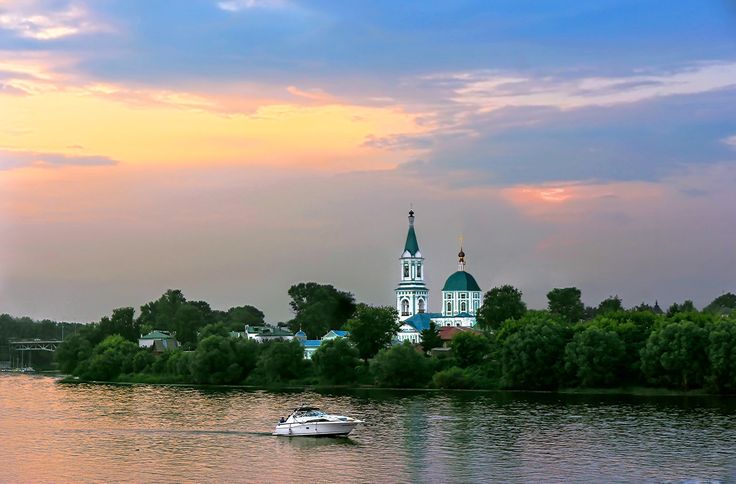 Комзина,
Комзина, Тольятти
445003
Самарская область
RU
электронная почта: [email protected]
домашняя страница: http://www.ievbras.ru
userId: http://www.researcherid.com/rid/T-7097-2017
Степан Сенатор
автор метаданных
должность: старший научный сотрудник
Институт экологии бассейна реки Волга РАН
улица Комзина
Тольятти
445003
Самарская область
RU
электронная почта: [email protected]
домашняя страница: http://www.ievbras.ru
userId: http://www.researcherid.com/rid/T-7097-2017
Сергей Саксонов
автор метаданных
должность: и.о. директора
Институт экологии бассейна реки Волги РАН
улица Комзина
Тольятти
445003
Самарская область
RU
электронная почта: svsaxonoff@yandex.


